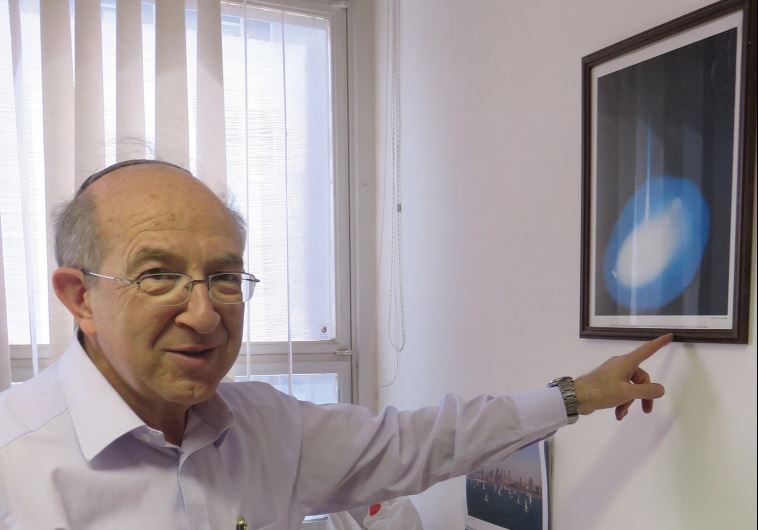Long-term space flights: Pie in the sky?
Exiting the atmosphere to reach the moon or Mars has been a boon to medical care on Earth, but poses risk to astronauts’ health.
 DR. YEHEZKEL CAINE points to a Gemini mission photo given to him by NASA.(photo credit: JUDY SIEGEL-ITZKOVICH)Updated:
DR. YEHEZKEL CAINE points to a Gemini mission photo given to him by NASA.(photo credit: JUDY SIEGEL-ITZKOVICH)Updated: